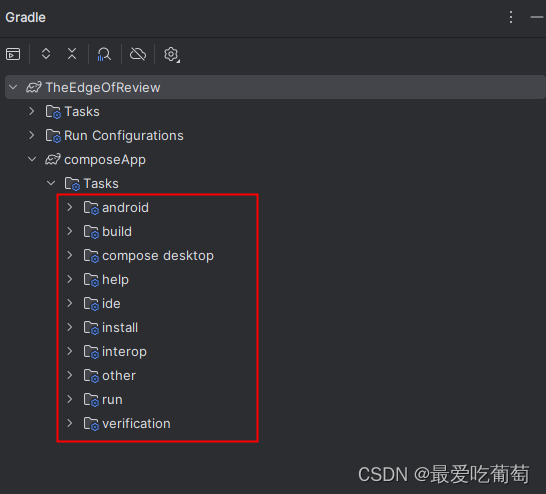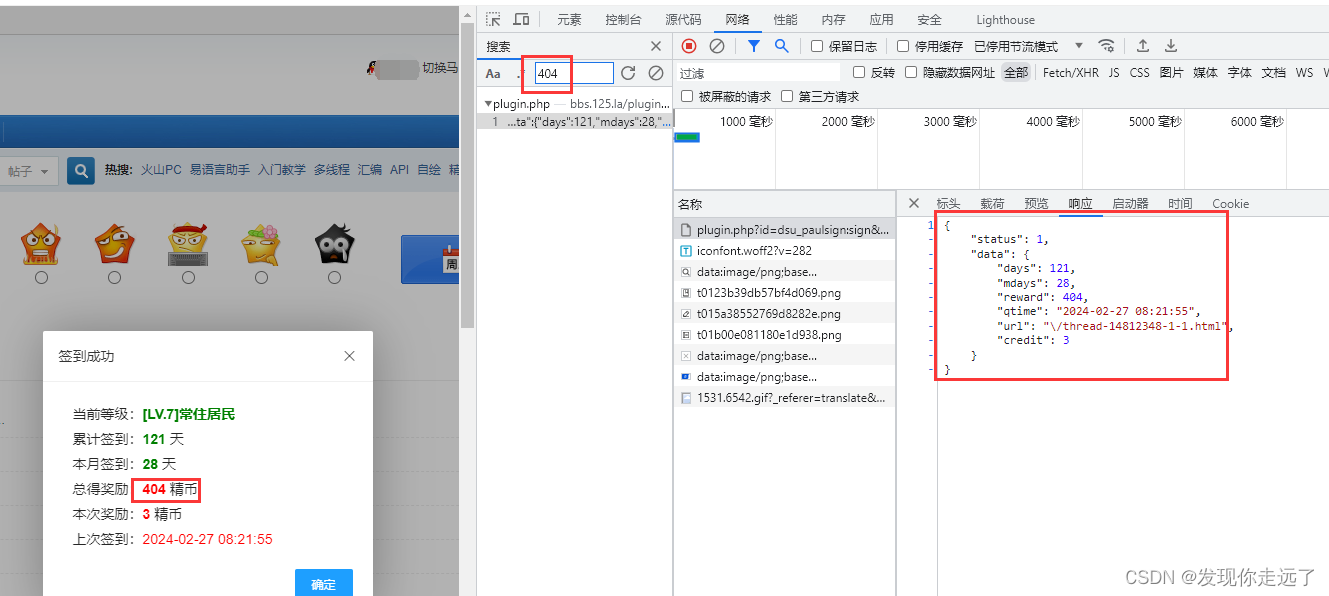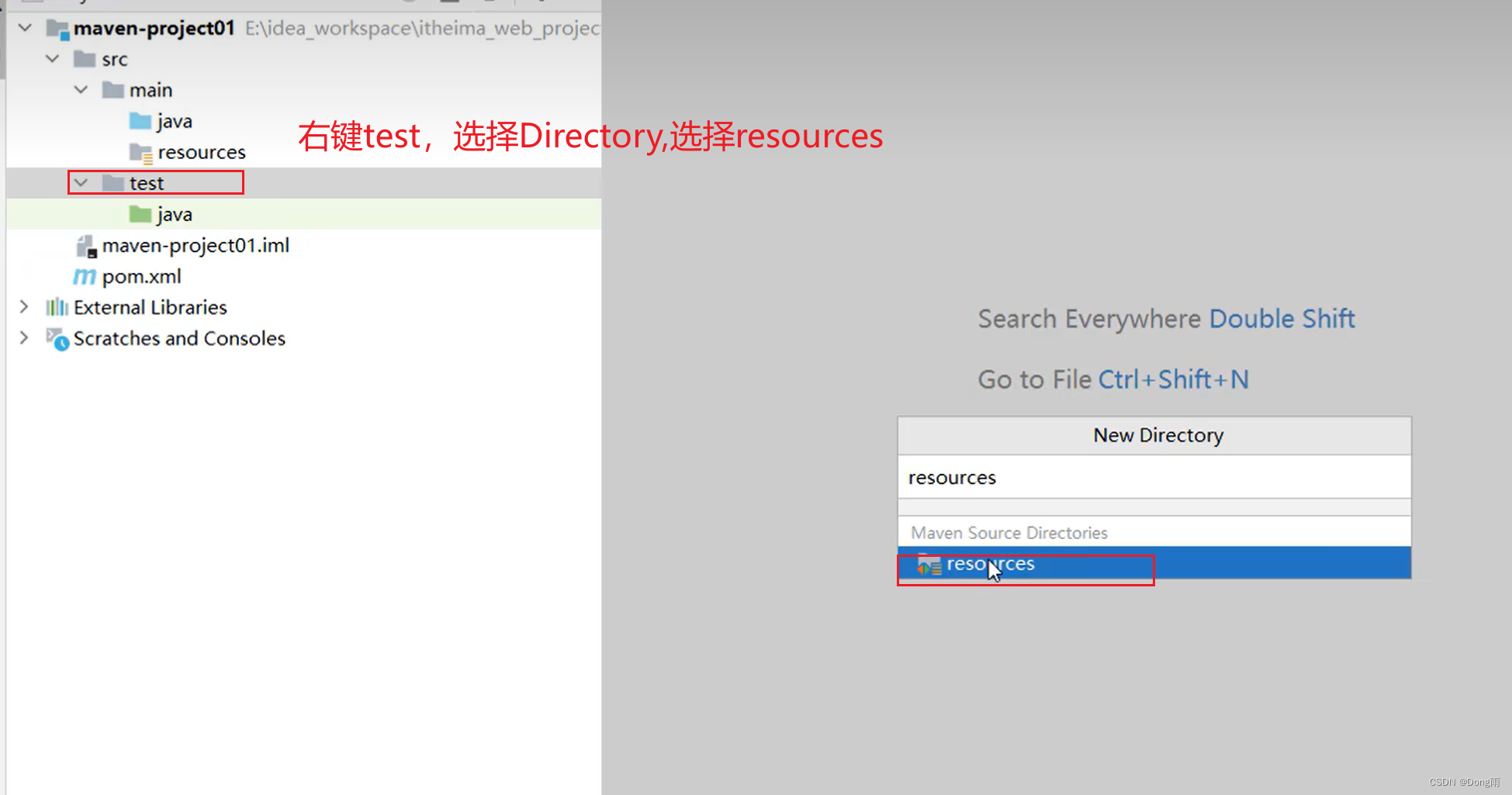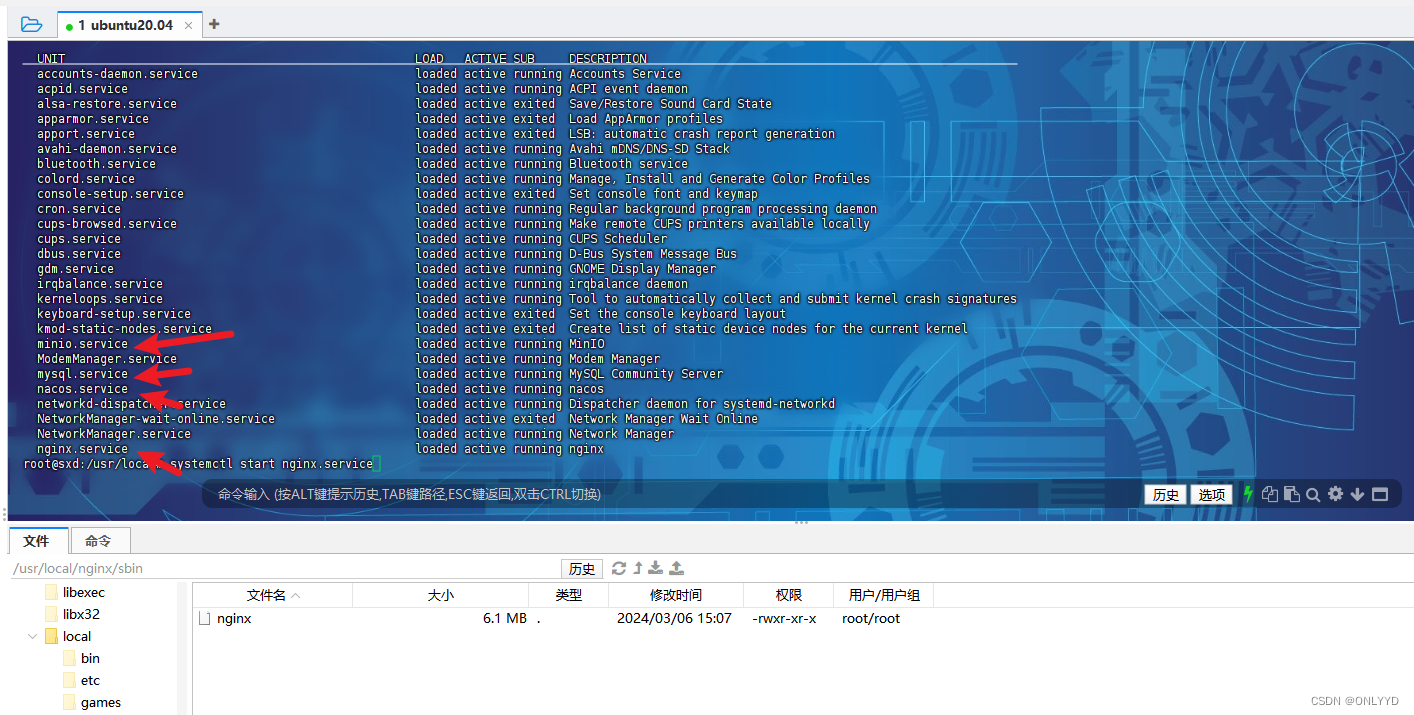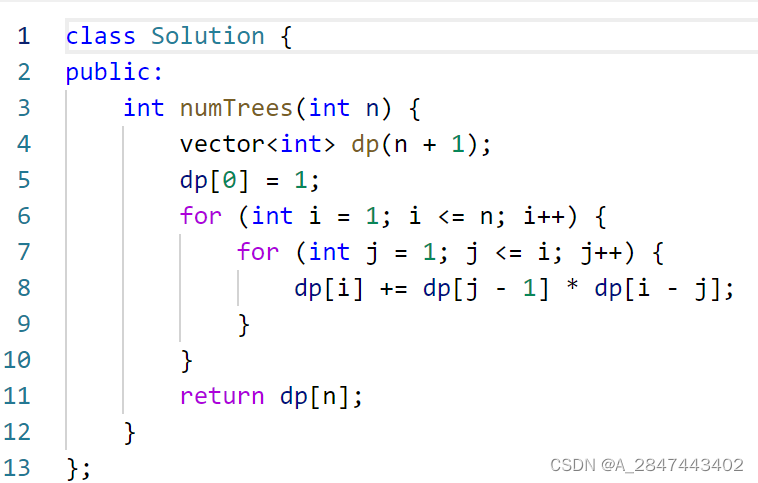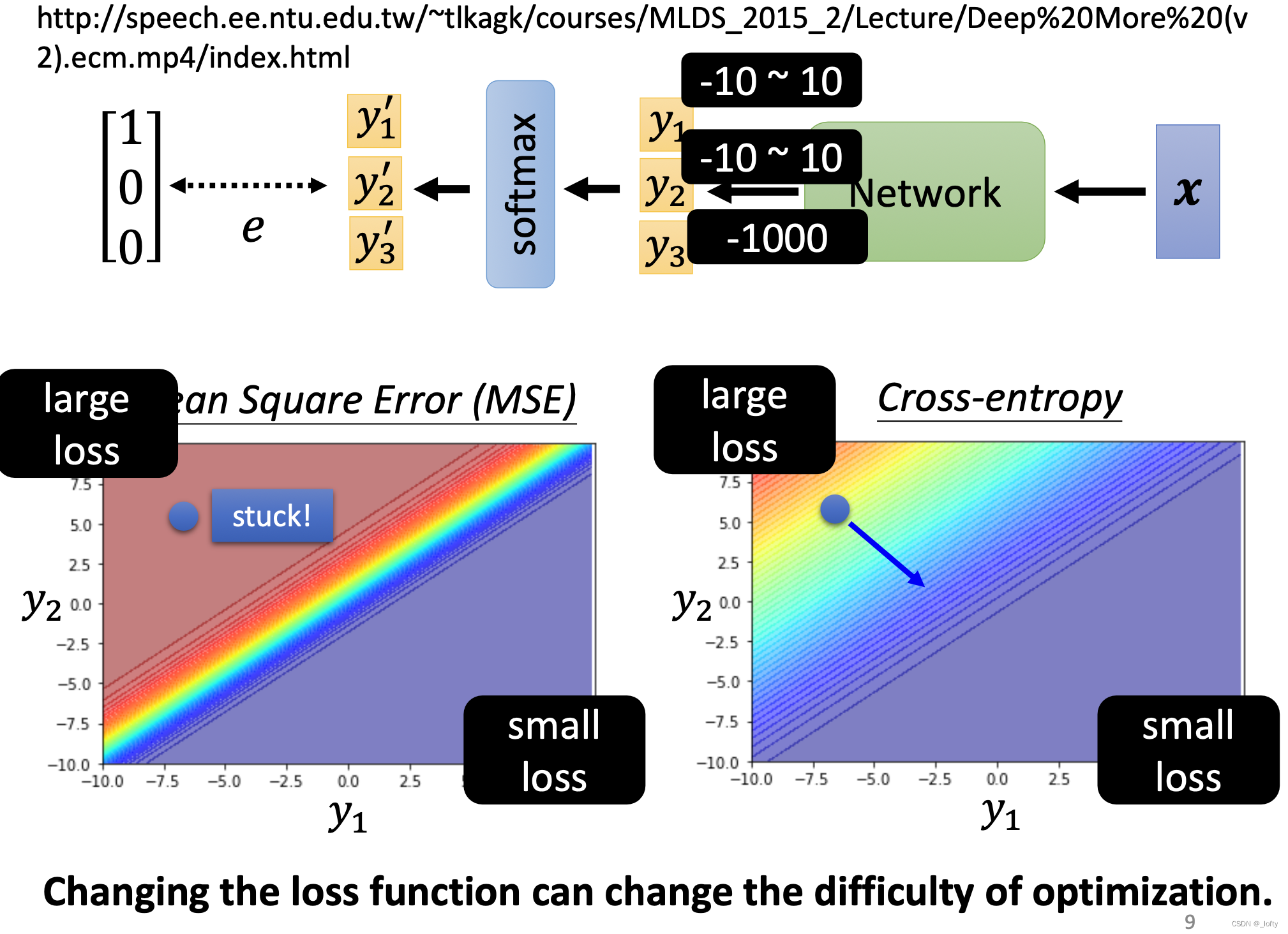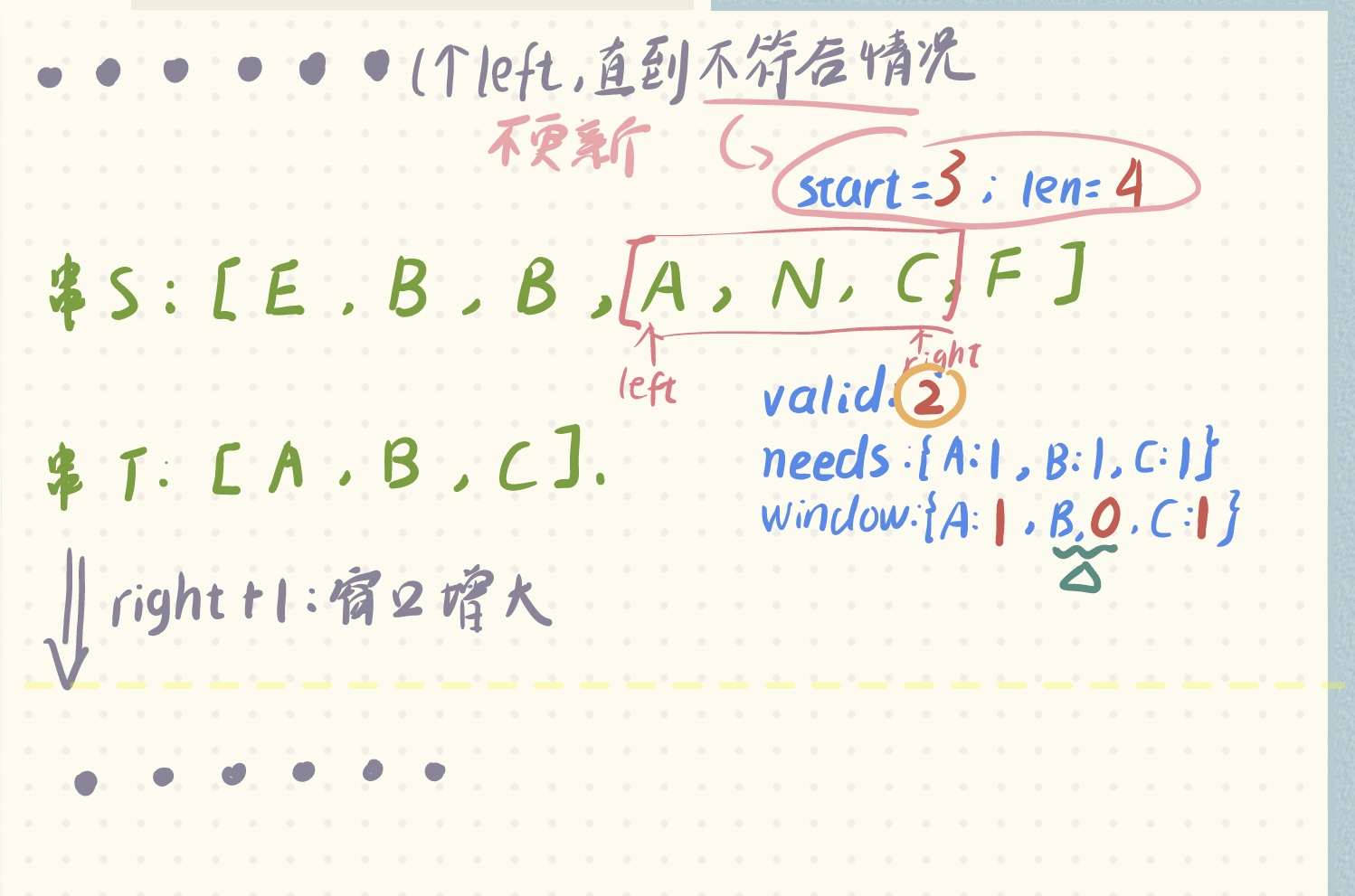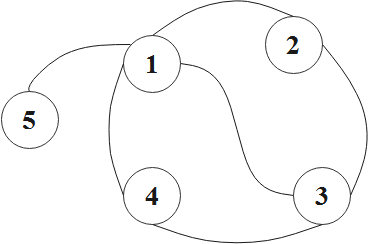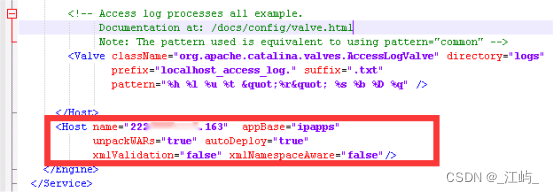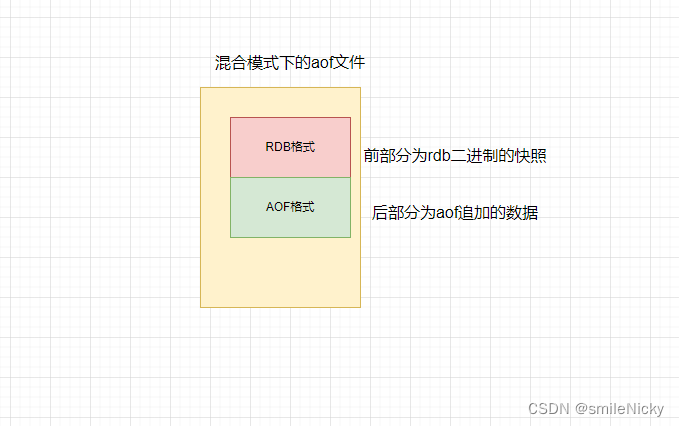关于作者:CSDN内容合伙人、技术专家, 从零开始做日活千万级APP。
专注于分享各领域原创系列文章 ,擅长java后端、移动开发、商业变现、人工智能等,希望大家多多支持。
未经允许不得转载
目录
- 一、导读
- 二、概览
- 三、问题过程
- 源码追踪
- 四、 推荐阅读

一、导读
我们继续总结学习遇到的问题,温故知新。
今天遇到一个线上问题,启动就闪退,比较坑,在此做一个记录,防止掉坑。
本文记录一次bug解决的过程,
Using WebView from more than one process
二、概览
今天将 targetSdkVersion 的版升级到了29,出现了一些奇怪的报错,日志如下
Fatal Exception: java.lang.RuntimeException: Using WebView from more than one process at once with the same data directory is not supported.
https://crbug.com/558377 : Current process com.xx.xxapp(pid 13862), lock owner com.xx.xx.xxAPP (pid 13559)
at org.chromium.android_webview.AwDataDirLock.b(AwDataDirLock.java:27)
at as0.i(as0.java:30)
at Zr0.run(Zr0.java:2)
at android.os.Handler.handleCallback(Handler.java:883)
at android.os.Handler.dispatchMessage(Handler.java:100)
at android.os.Looper.loop(Looper.java:224)
at android.app.ActivityThread.main(ActivityThread.java:7520)
at java.lang.reflect.Method.invoke(Method.java)
at com.android.internal.os.RuntimeInit$MethodAndArgsCaller.run(RuntimeInit.java:539)
at com.android.internal.os.ZygoteInit.main(ZygoteInit.java:950)
三、问题过程
我们查看文档发现, google 文档
在android 9.0系统上如果多个进程使用WebView需要使用官方提供的api在子进程中给webview的数据文件夹设置后缀:
如果不设置,则会报错,不过这个影响范围有限,影响范围: Android 9及以上 且targetSdkVersion >= 28
Starting Android Pie (API 28), Google isn't allowing using a single WebView instance in 2 different processes.
WebView.setDataDirectorySuffix(suffix);
官方提供方案
protected void attachBaseContext(Context base) {
mApplicationContext = base;
webViewSetPath(this);
}
public void webViewSetPath(Context context) {
if (Build.VERSION.SDK_INT >= Build.VERSION_CODES.P) {
String processName = SpecialUtils.getCurProcessName(context);
// 根据进程名称,设置多个目录
if(!CommonConstant.NEW_PACKAGE_NAME.equals(processName)){
WebView.setDataDirectorySuffix(getString(processName,"这里隐藏名字,自己设置个目录"));
}
}
}
public String getString(String processName, String defValue) {
return TextUtils.isEmpty(processName) ? defValue : processName;
}
通过使用官方提供的方法后,实际在项目中运用 application中设置多个存储目录,虽然能减少问题发生的次数,但从bugly后台依然能收到此问题的大量崩溃信
源码追踪
那么这个问题发生的原因究竟是什么?一起来分析下抛出这个异常的逻辑吧
https://chromium.googlesource.com/chromium/src/+/refs/heads/main/android_webview/java/src/org/chromium/android_webview/AwDataDirLock.java#126
从源码分析调用链最终调用到了AwDataDirLock类中的lock方法
abstract class AwDataDirLock {
static void lock(final Context appContext) {
try (ScopedSysTraceEvent e1 = ScopedSysTraceEvent.scoped("AwDataDirLock.lock");
StrictModeContext ignored = StrictModeContext.allowDiskWrites()) {
if (sExclusiveFileLock != null) {
我们已经调用了lock(),并在此过程中成功获取了锁
return;
}
如果我们已经调用了lock(),但没有成功获得锁,则可能应用程序捕获到异常,进行自动重启。
if (sLockFile == null) {
String dataPath = PathUtils.getDataDirectory();
File lockFile = new File(dataPath, EXCLUSIVE_LOCK_FILE);
try {
// Note that the file is kept open intentionally.
sLockFile = new RandomAccessFile(lockFile, "rw");
} catch (IOException e) {
throw new RuntimeException("Failed to create lock file " + lockFile, e);
}
}
对webview数据目录中的webview_data.lock文件在for循环中尝试加锁16次
for (int attempts = 1; attempts <= LOCK_RETRIES; ++attempts) {
try {
sExclusiveFileLock = sLockFile.getChannel().tryLock();
} catch (IOException e) {
}
如果加锁成功会将该进程id和进程名写入到文件
if (sExclusiveFileLock != null) {
writeCurrentProcessInfo(sLockFile);
return;
}
if (attempts == LOCK_RETRIES) break;
try {
Thread.sleep(LOCK_SLEEP_MS);
} catch (InterruptedException e) {
}
}
如果加锁失败则会抛出异常
// Using WebView from more than one process
String error = getLockFailureReason(sLockFile);
boolean dieOnFailure = Build.VERSION.SDK_INT >= Build.VERSION_CODES.P
&& appContext.getApplicationInfo().targetSdkVersion >= Build.VERSION_CODES.P;
if (dieOnFailure) {
throw new RuntimeException(error);
} else {
}
}
}
}
分析了原因,我们来看看解决思路,我们可以在应用启动时对该文件尝试加锁,如果加锁失败就删除该文件并重新创建,加锁成功就立即释放锁,这样当系统尝试加锁时理论上是可以加锁成功的。
通过检查目标目录的文件锁,如果能够获得到锁,就表明无异常;如果获取不到文件锁,再次重新设置存储目录。
public class WebViewUtil {
public static void handleWebViewDir(Context context) {
if (Build.VERSION.SDK_INT < Build.VERSION_CODES.P) {
return;
}
try {
String suffix = "";
String processName = getCurProcessName(context);
if (!TextUtils.equals(context.getPackageName(), processName)) {//判断不等于默认进程名称
suffix = TextUtils.isEmpty(processName) ? context.getPackageName() : processName;
WebView.setDataDirectorySuffix(suffix);
suffix = "_" + suffix;
}
tryLockOrRecreateFile(context,suffix);
} catch (Exception e) {
e.printStackTrace();
}
}
@TargetApi(Build.VERSION_CODES.P)
private static void tryLockOrRecreateFile(Context context, String suffix) {
String sb = context.getDataDir().getAbsolutePath() +
"/app_webview"+suffix+"/webview_data.lock";
File file = new File(sb);
if (file.exists()) {
try {
FileLock tryLock = new RandomAccessFile(file, "rw").getChannel().tryLock();
if (tryLock != null) {
tryLock.close();
} else {
createFile(file, file.delete());
}
} catch (Exception e) {
e.printStackTrace();
boolean deleted = false;
if (file.exists()) {
deleted = file.delete();
}
createFile(file, deleted);
}
}
}
private static void createFile(File file, boolean deleted){
try {
if (deleted && !file.exists()) {
file.createNewFile();
}
} catch (Exception e) {
e.printStackTrace();
}
}
public static String getCurProcessName(Context context) {
int pid = android.os.Process.myPid();
ActivityManager activityManager = (ActivityManager) context
.getSystemService(Context.ACTIVITY_SERVICE);
List<ActivityManager.RunningAppProcessInfo> appProcesses = activityManager
.getRunningAppProcesses();
if (appProcesses == null) {
return null;
}
for (ActivityManager.RunningAppProcessInfo appProcess : appProcesses) {
if (appProcess == null) {
continue;
}
if (appProcess.pid == pid) {
return appProcess.processName;
}
}
return null;
}
}
但是这样上线后发现还有问题,原因是不同机型,目录可能不一样,
我们自己使用debug包查看webview数据目录发现系统默认添加了进程名后缀,这是由于用户更新了手机系统导致,
使用华为mate20X测试调用 WebView.selDataDirecloySufx 自定义后缀已不生效,会默认强制指定后缀为进程名,
另外还发现部分华为手机直接将webview目录名app webview改为了app hws webview。
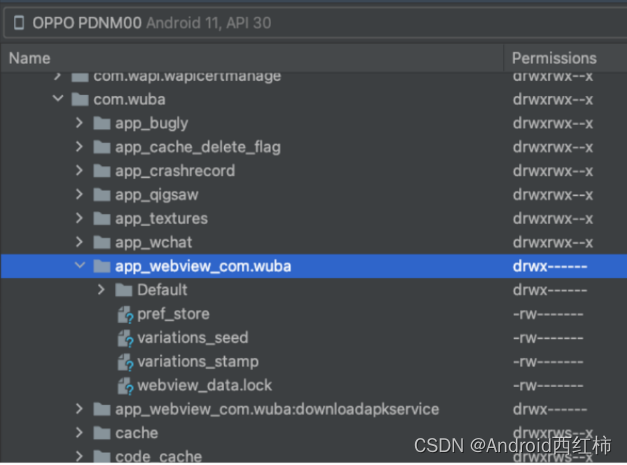
综上所述,我们需要针对不同手机系统遍历可能的文件路径,最新解决代码如下:
```java
public static void handleWebViewDir(Context context) {
if (Build.VERSION.SDK_INT < Build.VERSION_CODES.P) {
return;
}
String webViewDir = "/app_webview";
String huaweiWebViewDir = "/app_hws_webview";
String lockFile = "/webview_data.lock";
try {
xxx
} catch (Exception e) {
e.printStackTrace();
}
}
@TargetApi(Build.VERSION_CODES.P)
private static void tryLockOrRecreateFile(String path) {
File file = new File(path);
if (file.exists()) {
try {
FileLock tryLock = (new RandomAccessFile(file, "rw")).getChannel().tryLock();
if (tryLock != null) {
tryLock.close();
} else {
createFile(file, file.delete());
}
} catch (Exception e) {
boolean deleted = false;
if (file.exists()) {
deleted = file.delete();
}
createFile(file, deleted);
}
}
}
private static void createFile(File file, boolean deleted) {
try {
if (deleted && !file.exists()) {
boolean var2 = file.createNewFile();
}
} catch (Exception e) {
e.printStackTrace();
}
}
然后在application的oncreate方法中调用 handleWebViewDir();
参考文章:
文章 1
文章 2
文章 3
四、 推荐阅读
Java 专栏
SQL 专栏
数据结构与算法
Android学习专栏
未经允许不得转载



